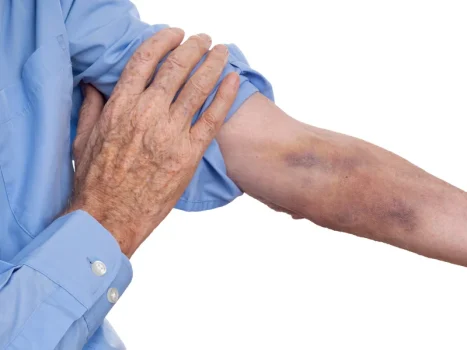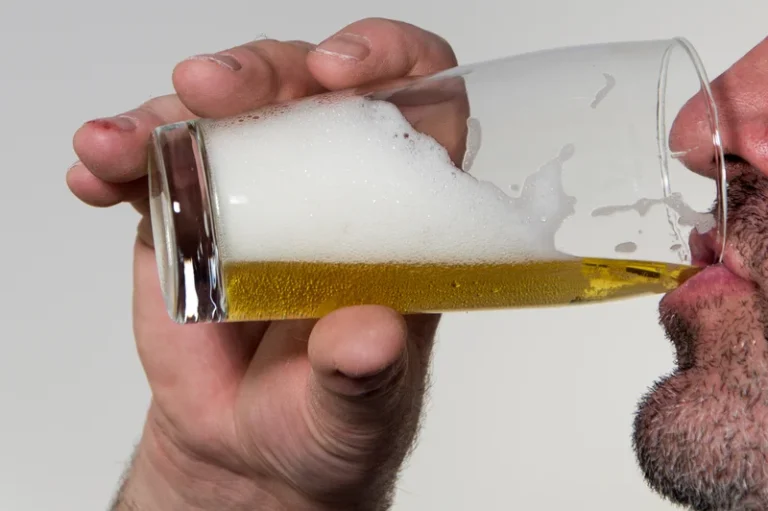
Specifically, I examined the religious effects on the subsequent abstinence of recovering addicts in Christian faith-based treatment, plus their counterparts in secular-based treatment, for comparison. More salient religious development of recovering addicts in the former is expected. While skills development groups often incorporate elements of psychoeducation and support, the primary goal is on building what is alcoholism or strengthening behavioral or cognitive resources to cope better in the environment. Psychoeducational groups tend to focus on developing an information base on which decisions can be made and action taken.
Family Approaches To Support Ongoing Recovery
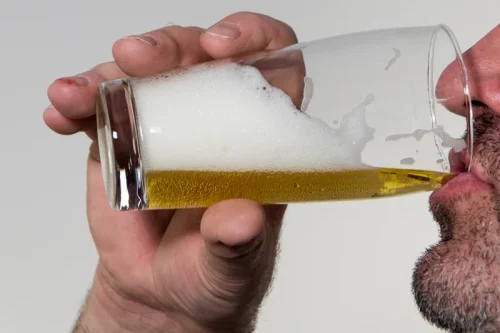
Adolescents who are enrolled in family therapy as part of their overall alcohol or drug treatment plan maintain abstinence longer than those who do not receive family therapy. In one study, 54.6 percent in family therapy maintained abstinence after treatment compared to 37.5 percent. Adolescents who participated in family therapy were also found to have greater overall improvement. Not all rehabilitation programs provide family therapy, but it can be a very important aspect of treatment, especially for people who have spouses and children, and for adolescents struggling with AUD. Actively linking family members to community-based recovery support and other services.
- An ongoing RCT is currently evaluating MBT in a sample of opioid dependent adults in Sweden (17).
- It’s a theory of how the family handles stress, communicates, and reacts to problems.
- It would be impossible to describe all of the types of special groups that might be used in substance abuse treatment.
Family Behavior Loop Mapping
- All four models focus on the need to develop a supportive bond with the client, although this is highlighted most in MI and MET.
- Work on the genogram at different points in the treatment process to see how counseling may have affected family relationships.
- Strengthening the family system also prevents substance use disorders and mental illnesses from harming children’s lives as they grow.
- Just as the family system organizes itself around the client’s substance misuse to maintain a level of homeostasis, you can expect family members to act differently (and not always positively) when the client with the SUD enters recovery.
- In contrast, compared to patients who do not have a drug-using individual in their social network, those who have one or more drug users in their network are more likely to continue to use drugs.
- Their model is called either the Stages of Change model or the Integrative Model of Change.
- Before a group model is applied in treatment, the group leader and the treating institution should decide on the theoretical frameworks to be used, because each group model requires different actions on the part of the group leader.
Read on to learn more about family therapy for addiction and how it is beneficial during the alcohol treatment process. First, after-treatment abstinence of participants was measured by only one self-administrated question. In fact, use of multiple assessment methods, such as biomarker tests, related party reporting, and validated measures would more genuinely ascertain abstinence. Second, the small sample size and recruitment of only Chinese addict participants in this study compromise external validity of the findings. Therefore, recruitment of addict participants of diverse racial and cultural origins would better support the relationship between religion and abstinence. Third, desistance of substance abuse is a lengthy process, with relapse being possible over a long period of time.
- Dr. Bowen once said, “That which is created in a relationship can be fixed in a relationship.” He determined that the family is a complex unit, and due to that complexity, each member of the family influences the other in one way or another.
- Treatments for adolescent substance use will clearly benefit from strategies designed to enhance not only attachment security, but the organisation of attachment related discourse.
- Close adherence to the theory that dictates the way an interpersonal process group should be conducted has crucial implications for its success.
- Counselors should be aware of these issues, and ensure that they are connecting clients to sexual health services that can support their unique needs.
- Allen et al. (51) report a relation between “hard drug use” and dismissing attachment.
Chapter 3—Family Counseling Approaches
- Many specific approaches to cognitive—behavioral therapy, including rational emotive therapy (Ellis 1997), reality therapy (Glasser 1965) and the work of Aaron Beck and colleagues (1993), incorporate various techniques specific to each approach.
- Professional providers, regardless of the mode of recovery support, must adhere to standard ethical requirements (i.e., do no harm, respect participants’ rights to privacy and confidentiality, be culturally sensitive).
- Pursuing any of the visual arts requires only time, space, and materials, though clients may be able to find formal instruction through community centers, community colleges, or arts centers.
Clients may need help in obtaining state identification and a Social Security card, including specific steps, materials that they need to bring, and the location where they may obtain the identification card. Clients can visit their local motor vehicle department or Social Security office to get information about the steps necessary to obtain an identification card or Social Security card. Clients can also search the Internet for where to get a state ID or driver’s license, identify resources, and find their local motor vehicle department. Recovery housing, transitional housing, and permanent supportive housing programs are designed specifically to meet the needs of those in treatment or recovering from problematic substance use. Knowing the client’s motivations can help counselors work with them to set achievable goals. In cases of constipation, counselors should encourage clients to increase water intake, along with foods rich in fiber (unprocessed plant-based foods); regular exercise can also help, including walking.
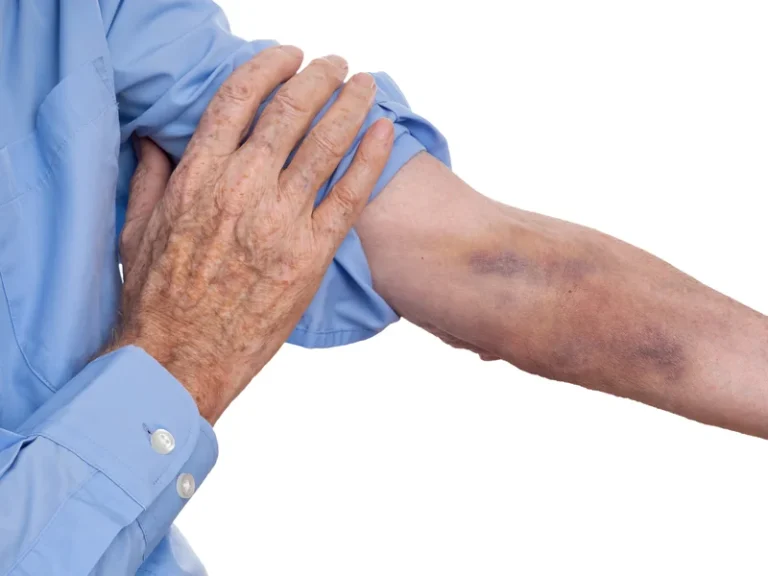
THEORIES OF ADDICTION
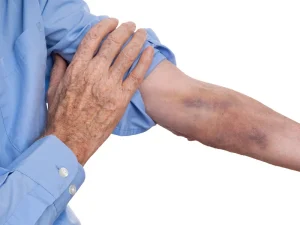
Ascend Pathways is transforming career development for individuals in substance use recovery with a… Problem-focused groups’ primary purpose is to “change, substance abuse counseling definition alter, or eliminate a group member’s self-destructive or self-defeating target behavior. Such groups are usually short-term and historically have been used with addictive types of behavior (smoking, eating, taking drugs) as well as when the focus is on symptom reduction…or behavioral rehearsal” (Flores 1997, p. 40).
SUD Client or Family Member Is in Precontemplation
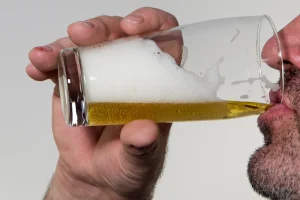
These adaptations provide a better ft with the developmental needs (e.g., increased autonomy, separation) of an emerging adult living with a parent. Research supports the efficacy of this adaptation over individual treatment on treatment retention, increased abstinence, and reduced substance misuse (O’Farrell & Clements, 2012). Behavioral therapies help individuals engage in their substance abuse programs by modifying their attitudes and behaviors regarding drug abuse, providing incentives for them to stay sober, and increasing their life skills so they can deal with challenging situations, triggers, and cravings. According to the National Institute on Drug Abuse, research has shown several different kinds of behavioral therapies for drug abuse are effective.
